NIL
Bayou Traditions Raises Over $570000 at 2nd Annual Gala Hosted by TAF Supporting LSU …
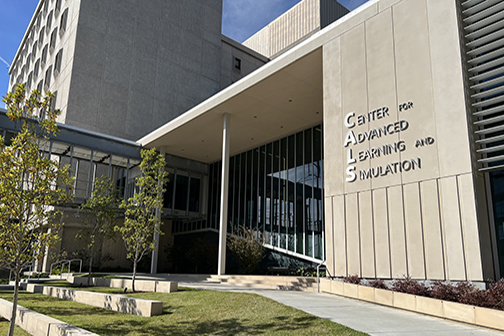
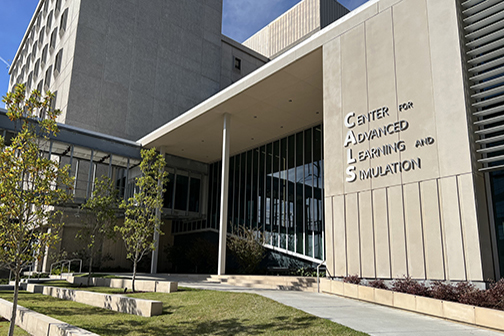

Baton Rouge, La. – The 2nd Annual Bayou Traditions Gala: A Louisiana Saturday Night, held May 3 at the LSU Football Operations Center, was a resounding success and raised more than $570,000 in net support for LSU student-athlete NIL (Name, Image, and Likeness) opportunities through Bayou Traditions, the Official Collective of LSU Athletics.
More than 550 supporters gathered for a remarkable evening celebrating Louisiana’s heart and soul—its culture, community and champions. The night featured an acoustic performance by multi-platinum, award-winning country music star and LSU alumnus Jordan Davis, who treated guests to an intimate set filled with songs and stories. The night also featured live and silent auctions, offering exclusive LSU memorabilia, experience and luxury items that further contributed to the evening’s fundraising success.
Event services and fundraising for the event were provided by the Tiger Athletic Foundation, in association with TAF Services Corporation.
“As we increasingly depend on private support to remain competitive, we’re grateful for the continued generosity of our donors,” said Matt Borman, President and CEO of the Tiger Athletic Foundation. “This event was a wonderful opportunity to honor their unwavering commitment and to celebrate the achievements of our student-athletes.”
In true Louisiana style, the gala offered a perfect blend of food, music and sports with a country flair. Guests enjoyed culinary favorites from local Baton Rouge Best Bites participants. Guests also had the opportunity to experience a custom hat bar, suit styling and hand-rolled cigars.
Attendees enjoyed exclusive behind-the-scenes tours led by current LSU student-athletes and an engaging panel hosted by ESPN’s Peter Burns, featuring quarterback Garrett Nussmeier and the 2025 NCAA Vault Champion & SEC Freshman of the Year gymnast Kailin Chio. The celebration culminated in a high-energy performance by Parish County Line, bringing the dance floor to life.
The event’s success was made possible through generous sponsorships and contributions from Guaranty Media, Mockler Beverage and all participating BTR Best Bites restaurants, whose support created an evening to remember.
To learn more or support LSU Student-Athletes through NIL initiatives, visit: www.lsutaf.org/bayoutraditions
Effective July 11, 2024, all contributions in support of Bayou Traditions will receive 4 priority points per $1,000 contributed. These points will count toward your lifetime and philanthropic point totals. Contributions to Bayou Traditions do not qualify as charitable donations. Contributions received are directly deposited with Bayou Traditions. TAFSC is a service provider to Bayou Traditions and is not compensated based on funds received by Bayou Traditions.
NIL
Tom Lubnau, Scott Ortiz: Like It Or Not, NIL Money Is Critical To UW’s Future

We are lucky to live in this state. Wyoming has space, community, and a shared identity that is rare in modern America.
Other than our world class-rodeo cowboys, we don’t have professional sports franchises competing for attention.
Instead, we have something better: a common bond in the University of Wyoming. Cowboy athletics — especially football — are not just a game. They are morale, identity, and more than most people realize, economic engines.
When the Cowboys are good and War Memorial Stadium is packed, the impact ripples far beyond Laramie. Ticket sales are only the beginning. Hotels fill from Cheyenne to Rawlins. Restaurants hum. Retailers sell brown-and-gold merchandise across the state.
A winning season doesn’t just lift spirits; it quietly generates millions of dollars in economic activity.
A decent bowl appearance adds direct revenue to the university itself, beyond the shared conference payouts. More importantly, competitive athletics help drive enrollment.
Yes, UW has strong academics and comparatively low tuition, and that matters.
But young people — like it or not — want to attend colleges where football and basketball are visible and successful. Athletics are the spotlight shining on the university. When the bulb is dull, it is hard for the university to shine.
Wyoming has done a lot of things exceptionally well. Through disciplined fundraising, generous private donations, and smart legislative matching, we have built world-class facilities in Laramie.
For decades, that was enough. Facilities, culture, coaching, and grit could overcome harsh climate and a small population college town. Sadly, that era is over.
Name, Image, and Likeness money has fundamentally changed the rules of college athletics.
This is not a moral judgment; it is an observation of fact. Programs willing to commit resources can be transformed almost overnight.
Texas Tech reportedly spent $28 million on NIL and made the College Football Playoff this year.
Indiana, through a coordinated effort involving boosters, the state, and private business, spent roughly $15 million and turned its program around in two years. They are the #1 seed and sitting at 13-0 for the season.
Meanwhile, the University of Wyoming’s NIL budget for all sports combined this year was approximately $1.2 million.
For a more regional perspective, BYU reportedly spent $7 million just to land the top-rated basketball player in the country. The CU Buffs are committed to spending $20.5 million in NIL money next year.
UW officials are candid and realistic about what is needed going forward.
Wyoming does not need to spend $20 million to be competitive in the Mountain West. But, we need to be closer to $10 million or more, to compete consistently.
Here’s the uncomfortable truth: if we don’t adapt, we won’t merely stay mediocre winning 4-5 games per year. We will slide backward. Conference realignment has already shown how quickly programs can be left behind.
A demotion to a lower division would mean loss of television revenue, reduced donor interest, declining recruiting, and — most damaging of all — loss of pride. Once that spiral begins, it is brutally hard to reverse.
And yet, Wyoming is uniquely positioned to meet this challenge.
Few states — if any — have a financial structure like ours. We have roughly $25 billion in permanent trust funds, generating about $1.86 billion in interest income annually.
We have a $1.9 billion rainy-day fund. This is energy wealth, carefully stewarded over generations.
We understand Wyoming’s conservative spending instincts. They are a virtue, not a flaw.
Even though we can easily afford it simply carving $10 million out of the general fund and handing it to an NIL pool, the expenditure would likely raise eyebrows.
But we already have a Wyoming solution successfully used in the past. A partnership between private donations and the State.
For decades, the Legislature has matched private donations for UW facilities, multiplying the impact of philanthropy while maintaining fiscal discipline. Why not apply that same model here?
A 2-1 match — two state dollars for every private dollar raised — would incentivize donors, limit state exposure, and quickly move Wyoming into a competitive NIL position without abandoning our values.
This is not about buying championships. It is about preserving relevance, protecting economic impact, and maintaining a shared institution that binds this state together. Cowboy athletics are not a luxury; they are a strategic asset.
The rules have changed. Standing still is no longer a viable strategy — it is reckless.
The question is not whether NIL money matters for Wyoming, it already does. The question is whether we respond with creativity and partnership, or whether we wait and watch something uniquely Wyoming quickly slip away.
In this state, we pride ourselves on being innovative when addressing problems in the state. Let’s follow that strategy now. Please contact your local legislators and ask them to promote and vote in favor of state partnership on the NIL issues for UW.
Tom Lubnau served in the Wyoming Legislature from 2004 – 2015 and is a former Speaker of the House. He can be reached at: YourInputAppreciated@gmail.com
Scott Ortiz is a Wyoming native and graduate of the university of Wyoming. He has practiced law in Casper since 1991. He can be reached at Sortiz@wpdn.net
NIL
Half of coaches polled have college football powerhouse winning national championship
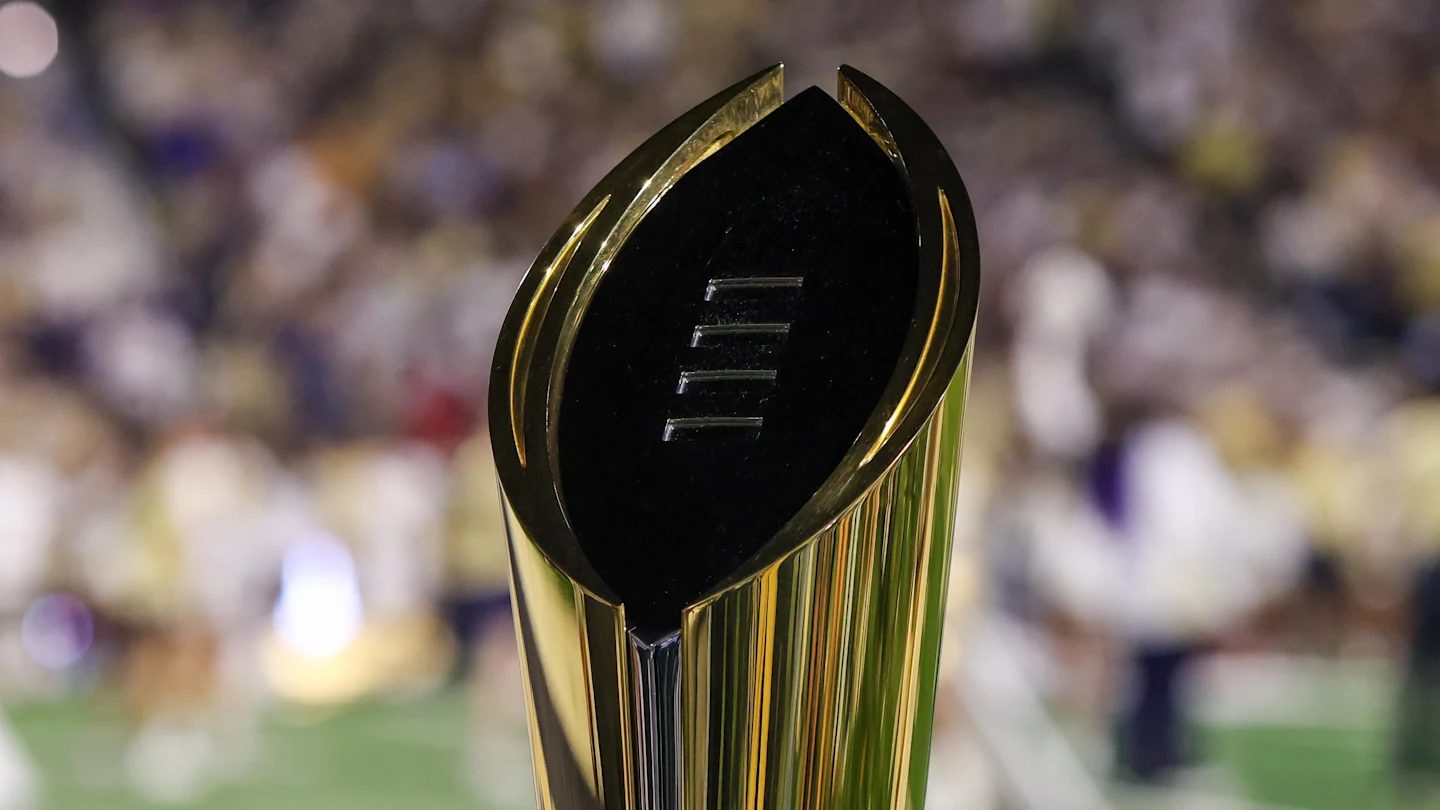
The College Football Playoff field is officially set with a bracket full of heavyweights. While the seeding placed the Big Ten champion at the very top, those within the sport see a different outcome on the horizon.
An anonymous poll conducted by The Athletic surveyed coaches from the Power 4 and Group of 5 conferences to gauge their expectations. The results showed that 50 percent of the coaches believe one program will hoist the trophy in Miami, edging out a season-long favorite that carried 42 percent of the vote.
This program received the majority vote despite spending most of the regular season outside the top five of the rankings. They finished ahead of the team that spent most of the season ranked No. 1 in the major polls.
The remaining ballots were split evenly between the No. 1 seed and another Big Ten team. Each of those programs received four percent of the total tally.
The confidence in the projected winner stems from a strong finish to the regular season. This team just avenged its only loss of the year with a dominant performance in the conference championship game.
Coaches cite roster maturity and championship pedigree as the decisive factors. The voting data suggest that individuals who scheme against these teams weekly value recent momentum over final seeding.
Coaches pick SEC powerhouse to win national title
The Georgia Bulldogs are the heavy favorite among the coaching fraternity. Georgia Bulldogs head coach Kirby Smart has his team positioned for a run at a third title in five years after decimating the Alabama Crimson Tide 28-7 to win the SEC. The poll reflects a belief that Georgia is peaking at the exact right moment.
One Group of 5 head coach noted that the current field lacks a truly dominant force compared to previous years. However, this coach highlighted the growth in Athens as the difference.
“Georgia’s O-line has matured, so that team has taken a jump,” the coach said. “The QB is a winner. Defensively, Georgia can play big and can match up. They are really good and they are battle-tested.”

That quarterback is Gunner Stockton. He has added a new dimension to the offense with his legs. Stockton has rushed for 442 yards this season. This is significantly more production on the ground than previous championship quarterbacks produced for the program. The offense also benefits from the late-season surge of running back Nate Frazier. He rushed for 181 yards against Mississippi State and has solidified the ground attack.
The defense has also returned to form under defensive coordinator Glenn Schumann. The unit recorded 12 sacks in the final five games of the season. An SEC defensive coordinator praised the team’s tactical efficiency.
“They look the cleanest,” the coordinator said. “They have been getting better as the season has gone on. They are going to stop the run and find your weaknesses. And they are good at using them against you.”

The primary challenger in the poll was the Ohio State Buckeyes. They spent most of the year at No. 1 before a loss to the Indiana Hoosiers. A Big Ten offensive assistant coach picked the Buckeyes because of their elite personnel on the outside.
“Ohio State. Georgia seems flawed,” the assistant said. “I know Indiana just beat them but I don’t think they can beat them twice. Ohio State was pretty banged up in that game. The wideouts will be healthier. On defense, Ohio State is really sound with great players.”
The Georgia Bulldogs will begin their pursuit of a third title in five years when they face the winner of the Ole Miss Rebels and Tulane Green Wave in the Sugar Bowl on Jan. 1.
Read more on College Football HQ
NIL
Predicting landing spots for the Top 5 college football transfers (Dec. 17)

The College Football Playoff hasn’t quite started, but the transfer portal is heating up. The last week has seen some intriguing QB prospects make the portal dive. Here’s a rundown of the top five portal prospects (from On3.com’s rankings) and a quick thought on potential destinations for each.
Sam Leavitt, Arizona State QB
Leavitt remains On3’s top-ranked player in the portal. In 2024, he helped Arizona State reach the College Football Playoff by passing for 2,885 yards and 24 touchdowns and rushing for 443 yards and five more scores. His 2025 season was cut short by an injury in October, but in the portion of the year he could play, Leavitt passed for 1,628 yards and 10 scores in just seven games.
A week ago, we mentioned Indiana and LSU as possible destinations for Leavitt. Recent reports have confirmed both of those possibilities, with Oregon and Miami also mentioned. Of the four, it’s LSU that seems to have the dance card that’s filling up the quickest, with Trinidad Chambliss a potential nab for Lane Kiffin. Indiana and Oregon might now be the two most logical picks.
Dylan Raiola, Nebraska QB
Raiola was a five-star recruit for Matt Rhule, but after two up-and-down seasons, is looking to move on. He has passed for 4,819 yards and 31 touchdowns against 17 interceptions. Raiola showed improvement in 2025, throwing for 18 scores and six picks, but his season was shut down early due to injury.
Raiola has been tied to Louisville early in the process, as the Cardinals look to replace Miller Moss. Miami is another school frequently mentioned in conjunction with Raiola, as the Hurricanes look to replace Carson Beck, likely with a portal addition.
Brendan Sorsby, Cincinnati QB
Sorsby headed to Cincinnati from Indiana, leaving that program just before IU’s fortunes jumped. He has played well at Cincinnati, throwing for over 5,600 yards in the past two seasons with 45 touchdowns to 12 interceptions. Sorsby also rushed for over 1,000 yards and 18 scores over the past two seasons.
Early talk has linked Sorsby extensively with Texas Tech. No announcement has been made, but early indications are that he’s the likely successor to Behren Morton, and it’ll be a surprise if he ends up elsewhere.
DJ Lagway, Florida QB
A talented Florida passer, Lagway struggled with consistency in two up-and-down seasons as a Gator, ending up with over 4,100 yards and 28 touchdowns to 23 interceptions. His arm strength was legendary, but he often stacked bad decisions into some awful performances.
Lagway has been connected to Baylor early. His father played for the school, and it’s near his hometown. Another possibility is Clemson, where Lagway was recruited extensively and the Tigers could use a replacement for Cade Klubnik.
Drew Mestemaker, North Texas QB
Mestemaker exploded from out of nowhere. From being a high school backup to walking on at North Texas to becoming QB1 in 2025, he has always suprised. The redshirt freshman passed for 4,129 yards and 31 touchdowns this season.
Mestemaker might well follow his North Texas coach, Eric Morris, to Oklahoma State. A longer-shot possibility might be Tennessee, where Joey Aguilar will have to be replaced.

NIL
Tennessee AD Danny White calls for collective bargaining to fix college sports
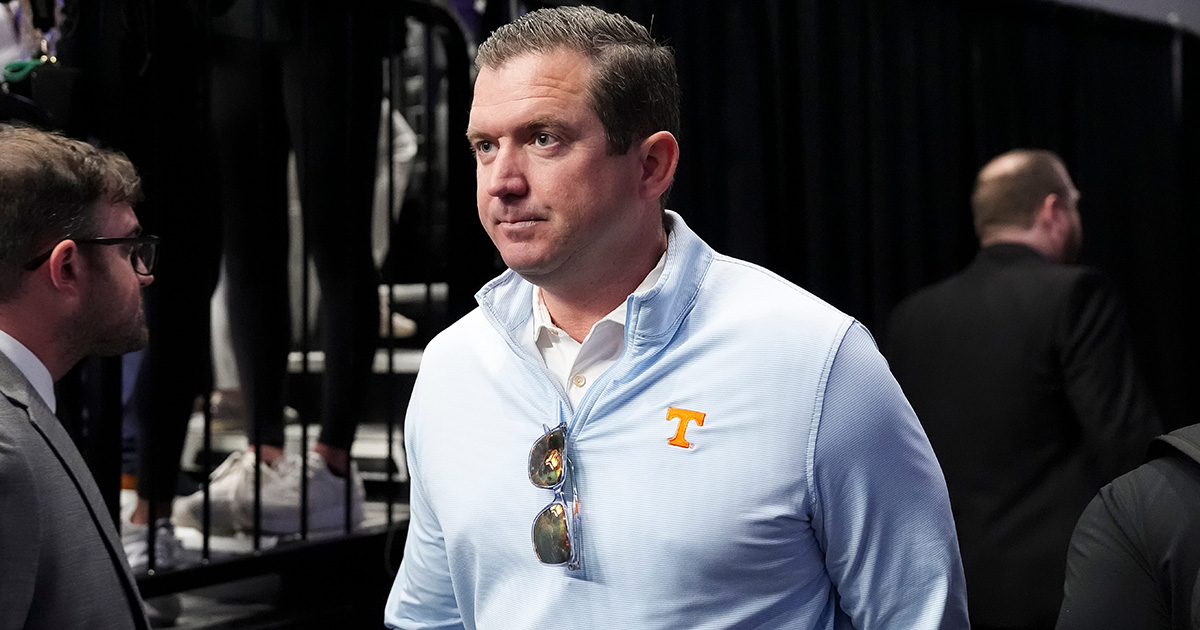
The Transfer Portal has yet to open, but there are already players announcing they’ll be entering. Oftentimes, that’s as coaches tamper with other rosters and offer improved NIL or revenue-sharing deals. Now, Tennessee Volunteers athletic director Danny White believes he has a solution.
White took to Twitter on Wednesday. There, he quoted a post from Dan Wolken of Yahoo Sports, saying, “Everyone in college sports knows the solution, they just don’t have the stomach (yet) to execute it.” Wolken himself was responding to a complaint from Missouri head coach Eli Drinkwitz regarding tampering. That solution, which White wanted to highlight, is collective bargaining with the players.
SUBSCRIBE to the On3 NIL and Sports Business Newsletter
This,” Danny White wrote. “There is a pathway to build a much healthier environment for college athletics within the current laws of our country – it’s called collective bargaining. It will be complicated, hard, and likely not perfect, but it’s far past time that we roll up our sleeves and do the work.”
Collective bargaining is relatively common in the United States and in professional sports. In essence, it’s when representatives, usually a union, negotiate on behalf of a group of employees with the employer. They do so to come up with legally binding agreements on contracts, wages, hours, working conditions, and other considerations.
This would be a seismic shift for college sports because of the reality that collective bargaining fundamentally involves employees. That’s a status that colleges and the NCAA have been very tentative to give to student-athletes.
There are a few benefits to collective bargaining. In particular, as the NCAA has lost court battles, forcing it to allow things like NIL and unlimited transfers, this would be a legal agreement that would set some rules in stone. For instance, the maximum that a program spends, how often players can transfer, and multi-year contracts could all be negotiated.
Danny White is far from the only one who has suggested that collective bargaining could help college sports and tampering, in particular. When the Transfer Portal was cut down to one window, former player Chase Daniel called it smart and called for collective bargaining. ESPN’s Rece Davis did the same, calling for collective bargaining to end tampering.
Separately, 23 different Power Four GMs backed collective bargaining in a closed-door Athletes.org meeting in August. That group, which didn’t have any names attached, “agreed in unison” that it would be the best path forward for college sports.
For his part, Danny White has been out in the open, pushing for major changes in college sports before. In the past, he’s shared a proposal to establish a national organization to employ and unionize athletes. Of course, those changes still appear to be a long way away.
NIL
Big 12’s Brett Yormark says college athletics needs legislation that’s stalled in Congress :: WRAL.com

ARLINGTON, Texas (AP) — Big 12 Commissioner Brett Yormark says legislation currently stalled in Congress is needed to regulate college athletics and put a stop to what he essentially calls uncapped spending for name, image and likeness in football.
“Let me be clear about this,” Yormark said Saturday before the Big 12 championship game between No. 5 Texas Tech and 11th-ranked BYU at the home of the Dallas Cowboys. “The House of Representatives must do what is right for over 500,000 student-athletes and pass the SCORE Act. We must protect their future, their well-being and their fair treatment. They deserve action and not excuses.”
An effort backed by the NCAA, the U.S. Olympic organization and the White House faltered in Congress this past week, with opponents raising concerns over the wide-reaching power it gives the governing body of college sports and its most powerful programs.
The NCAA and Division I conferences portray the legislation as codifying the rules created by the multibillion-dollar lawsuit settlement that allows college players to be paid, providing clarity that supporters say is long-needed.
House Republican leaders had planned to push the bill to a final vote this past week. But those plans were abruptly scrapped after a procedural vote to advance the bill nearly failed.
Yormark said he supports the revenue-sharing model that is part of the settlement and agrees with those who believe NIL spending on top of the $20.5 million could be destabilizing for college sports.
UCF coach Scott Frost said on national signing day this week he thinks college football is “broken” because of unregulated spending on players.
In 2017, Frost led the Golden Knights to a 13-0 record without a bid in the College Football Playoff, which included four teams at the time, before getting fired in the middle of a fifth unsuccessful season at Nebraska, his alma mater. UCF, which was in the American Conference for Frost’s first stint but has since joined the Big 12, went 5-7 in his return this year.
“I will be spending time with the commissioners next week on some of the challenges and issues that face collegiate athletics, and we’re working through them,” Yormark said. “But I want you to understand that nothing’s broken in this system. And I respect Scott. But nothing’s broken. It’s all about progress, not perfection. There is no perfection in any industry, but there is progress, and we’re making great progress.”
Yormark is ready for 16-team playoff
Yormark said he believes in the playoff model with five automatic bids, even if it might cost the Big 12 a second team this season. That scenario also fits his opinion that the CFP needs to be 16 teams — with 11 at-large bids — instead of the current 12.
“I believe that on a percentage basis, when there’s 136 FBS (bowl subdivision) schools, the number 12 is too low,” Yormark said. “We need more access for all the right reasons. And I’m very consistent about that.”
Yormark indicated he doesn’t think the playoff will expand for 2026, even with an extra eight weeks to try to reach an agreement. The new deadline is Jan. 23.
“I can tell you we’re working on it, but we can’t rush it,” Yormark said. “A lot goes into it. It’s not just about picking a number. You also have to look through a filter and say what are the unintended consequences of those decisions, which is what the commissioners and myself are working on. I’m not overly optimistic we’re going to be able to change anything for next year. But we’re in the lab.”
___
Get poll alerts and updates on the AP Top 25 throughout the season. Sign up here and here (AP News mobile app). AP college football: https://apnews.com/hub/ap-top-25-college-football-poll and https://apnews.com/hub/college-football
NIL
Kentucky Basketball loses recruiting prediction for Christian Collins as NIL looms large
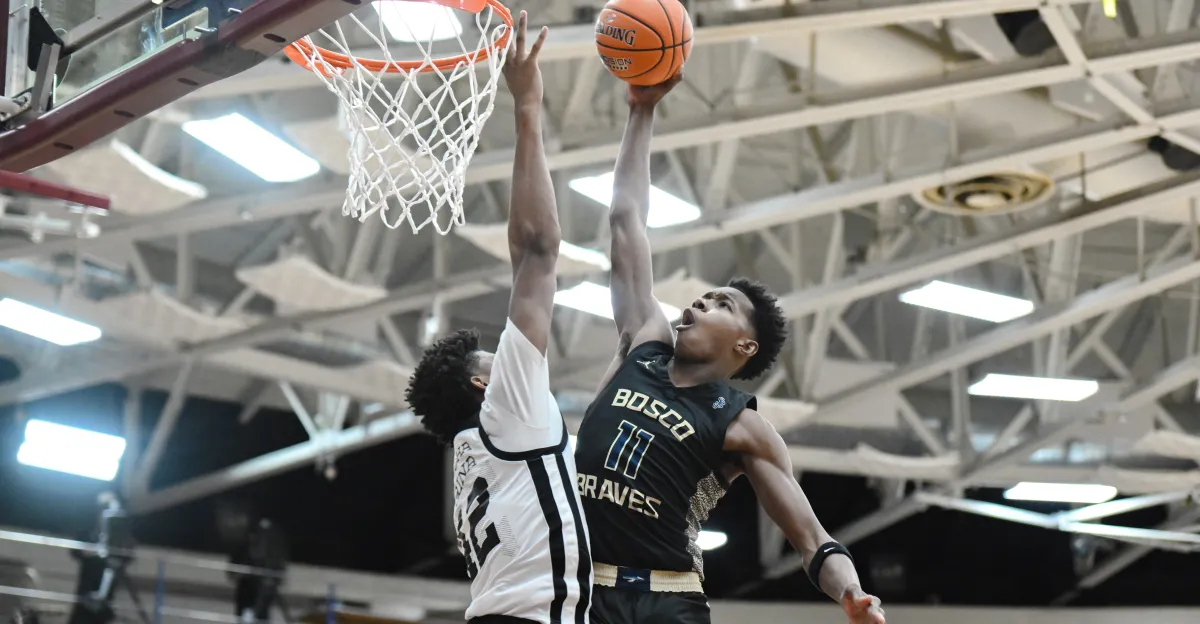
Collins, a 6-foot-8, 200-pound forward from Bellflower, California, is widely regarded as one of the premier frontcourt prospects in the country. His blend of athleticism, scoring ability, and defensive versatility made him a major priority for Kentucky head coach Mark Pope and his staff as they work to build future recruiting classes.
According to Jacob Polacheck of KSR, Collins’ recruitment is being heavily influenced by NIL structure and contract details, a growing trend at the top of the recruiting landscape. That reality was addressed publicly earlier this month by Kentucky athletic director Mitch Barnhart during Will Stein’s introductory press conference as the Wildcats’ new football head coach.
Barnhart pushed back strongly against the perception that Kentucky is at an NIL disadvantage, saying, “Enough about ‘have we got enough?’ We’ve got enough.” He also emphasized that Kentucky will not compromise its standards to land recruits. “We’ve got to do it the right way,” Barnhart said. “We’re not going to break the rules. That’s flat-out.”
While Kentucky no longer holds a crystal ball prediction for Collins, the Wildcats are not out of the race. However, his recruitment now appears far more fluid, underscoring the increasingly complex balance between elite talent, NIL expectations, and long-term program philosophy in modern college basketball.
-

 Motorsports3 weeks ago
Motorsports3 weeks agoJo Shimoda Undergoes Back Surgery
-

 Motorsports1 week ago
Motorsports1 week agoSoundGear Named Entitlement Sponsor of Spears CARS Tour Southwest Opener
-

 NIL2 weeks ago
NIL2 weeks agoBowl Projections: ESPN predicts 12-team College Football Playoff bracket, full bowl slate after Week 14
-

 Rec Sports3 weeks ago
Rec Sports3 weeks agoHow this startup (and a KC sports icon) turned young players into card-carrying legends overnight
-

 Rec Sports3 weeks ago
Rec Sports3 weeks agoRobert “Bobby” Lewis Hardin, 56
-
Sports3 weeks ago
Wisconsin volleyball sweeps Minnesota with ease in ranked rivalry win
-

 Motorsports3 weeks ago
Motorsports3 weeks agoPohlman admits ‘there might be some spats’ as he pushes to get Kyle Busch winning again
-

 Motorsports1 week ago
Motorsports1 week agoDonny Schatz finds new home for 2026, inks full-time deal with CJB Motorsports – InForum
-

 Motorsports3 weeks ago
Motorsports3 weeks agoIncreased Purses, 19 Different Tracks Highlight 2026 Great Lakes Super Sprints Schedule – Speedway Digest
-

 Rec Sports2 weeks ago
Rec Sports2 weeks agoHow Donald Trump became FIFA’s ‘soccer president’ long before World Cup draw
































